Across the United States, schools in cities like Detroit, Milwaukee, Houston, and Miami are closing at unprecedented rates. What was once unthinkable is now increasingly common. These closures are not isolated events but part of a larger transformation redefining public education and reshaping community life nationwide.
The Rise of Closures in Urban and Rural Areas
Detroit has seen entire schools shut down within a single academic year, uprooting students and families overnight. Rural counties in Kansas and West Virginia now consolidate multiple schools into one, often the only option within an hour’s bus ride. In Atlanta and New Orleans, district-wide restructuring fuels waves of closures.
Economic Pressures Driving Closures
Over the past decade, closures have accelerated due to economic strain. Cities like Flint, once thriving on industry, lost tens of thousands of students after factories closed and families relocated. Shrinking tax bases lead to constrained budgets. Districts often face a harsh choice: patch aging facilities or cut losses by shutting schools.
Financial Deficits and Budget Trade-Offs
In Chicago and Cleveland, persistent budget deficits worsen the crisis. Rising pension costs and infrastructure needs stretch resources thin. School boards must choose between investing in classroom programs or fixing leaky roofs. For many districts, the only viable option becomes closing underutilized or financially unsustainable buildings, despite community opposition.
Population Shifts and Enrollment Decline
Demographic shifts add another layer. In growing Sun Belt cities like Phoenix and Las Vegas, new campuses rise in booming suburbs while older schools close. Meanwhile, older industrial cities in the Northeast and Midwest face population decline. With fewer children, consolidations become inevitable, leaving once-vibrant neighborhood schools shuttered.
Charter Growth and Policy Changes
Policy shifts compound the trend. In Philadelphia and Milwaukee, the expansion of charter schools has fueled competition. As students leave for alternatives, traditional schools lose funding and risk being labeled “failing.” Declining enrollments and reputational pressures combine, often sealing the fate of schools already struggling to survive.
The Human Impact on Students
School closures ripple outward. In rural Montana and western Oregon, children endure long bus rides, losing time for homework and rest. In Baltimore and St. Louis, students must transfer to schools in less familiar—and sometimes less safe—neighborhoods. These disruptions compound challenges for vulnerable populations already facing steep barriers to success.
Parents and Teachers Under Pressure
In Los Angeles and San Diego, closures leave parents scrambling for new schedules or childcare arrangements. Teachers face layoffs or transfers. In Phoenix, hundreds lost their jobs when three schools closed mid-year. For both parents and staff, closures disrupt routines, stability, and livelihoods—stretching families and educators thin.
Erosion of Community Identity
Schools are more than classrooms; they are cultural anchors. In towns like Youngstown, Ohio, schools double as community hubs for meetings, sports, and local traditions. When closures occur, residents often describe the loss as a wound to community identity—one that lingers long after the final bell has rung.
Community Adaptations and Innovations
Some communities have turned closures into opportunities. In suburban Portland, a shuttered elementary school was transformed into a community center with adult education and childcare programs. In Nashville, a closed high school reopened as a vocational training academy. These reinventions show resilience, though they rarely replace the sense of loss entirely.
Hybrid and Online Solutions
In remote states like Alaska and Maine, closures have accelerated hybrid and online learning models. Students attend part-time virtual classes paired with local hubs for practical activities. These innovations provide alternatives but also raise questions about access, equity, and the role of physical schools as social spaces.
Long-Term Implications
The long-term impact of closures reshapes educational ecosystems. Attendance boundaries widen, neighborhood schools disappear, and consolidated campuses offer more resources at the cost of intimacy. Climate-driven migration may accelerate the trend, as regions in California and Florida lose students while inland districts expand, creating further unevenness in school availability.
Unequal Burdens Across Communities
Closures disproportionately affect low-income, minority, and rural students. These groups often face the longest commutes, the fewest resources, and the most disrupted learning environments. Without intentional policy reforms, the “new normal” risks deepening educational inequities and widening gaps in opportunity across the United States.
Exploring Preventive Strategies
Communities and policymakers are experimenting with solutions. Seattle has piloted “community-school bonds” combining taxpayer, philanthropic, and business funding to stabilize campuses. Some districts use shared-use models, partnering with nonprofits to spread costs. Early intervention—through renovations, enrollment stabilization, and targeted programming—can delay or prevent closures, preserving schools as local anchors.
Resilience Amid Loss
School closures are no longer rare disruptions—they are part of the fabric of American education. From Detroit to Miami, rural Kansas to suburban Arizona, closures alter how students learn and how communities function. Yet resilience persists: through reinvention, adaptation, and innovation. The challenge ahead lies in preserving equity, access, and belonging in this new educational landscape.

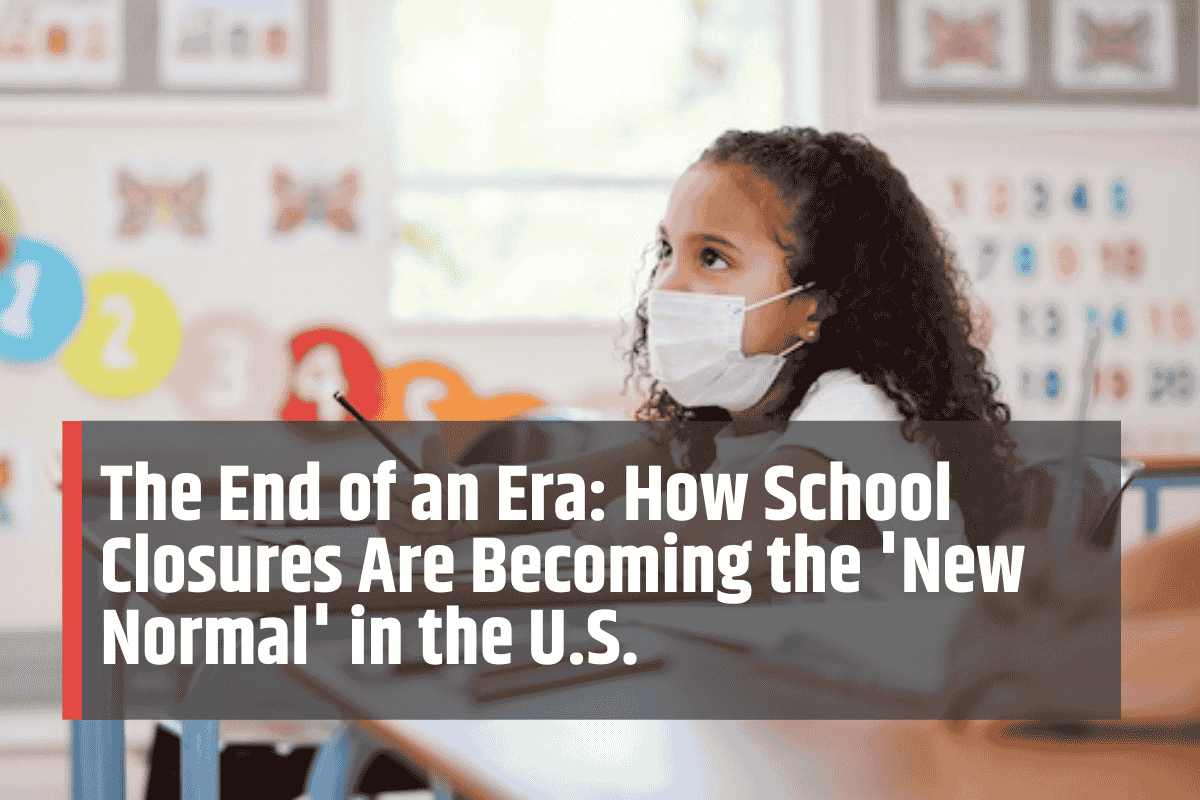

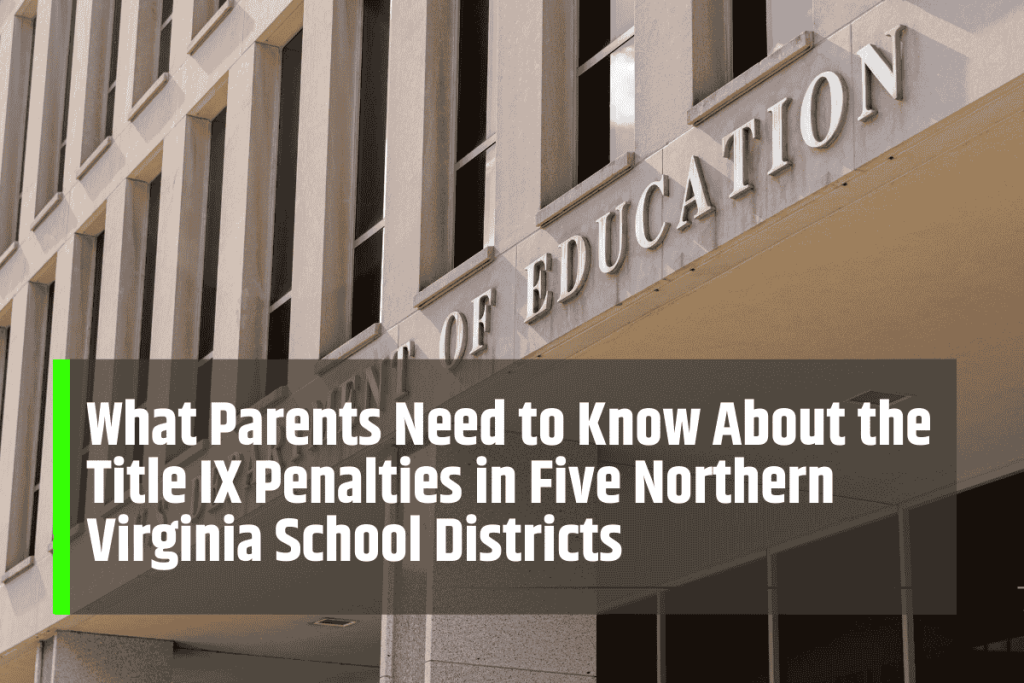
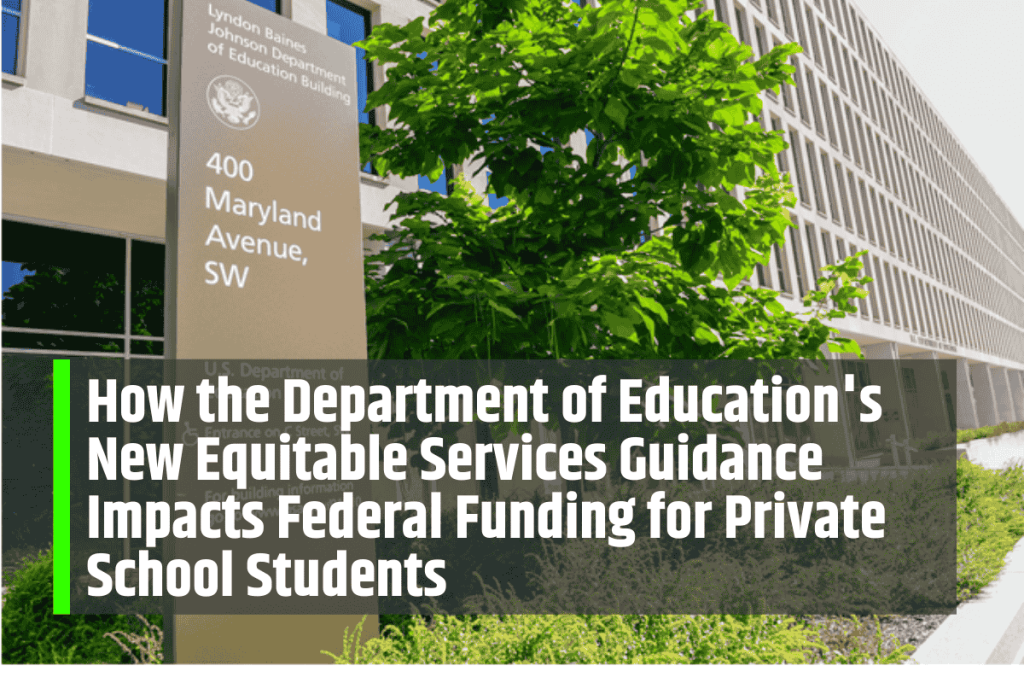
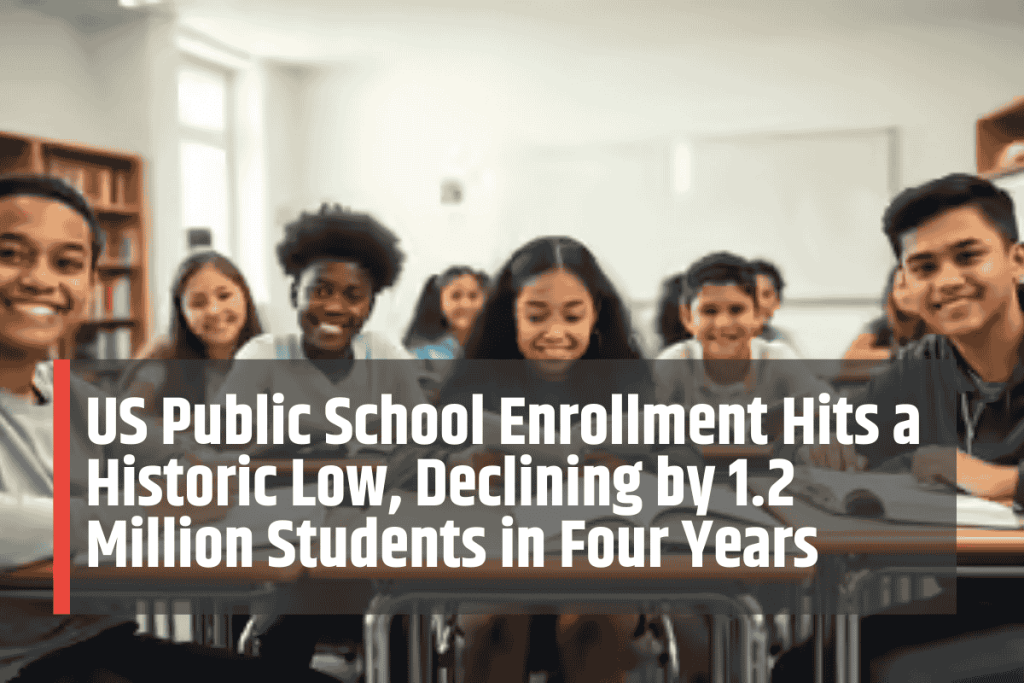

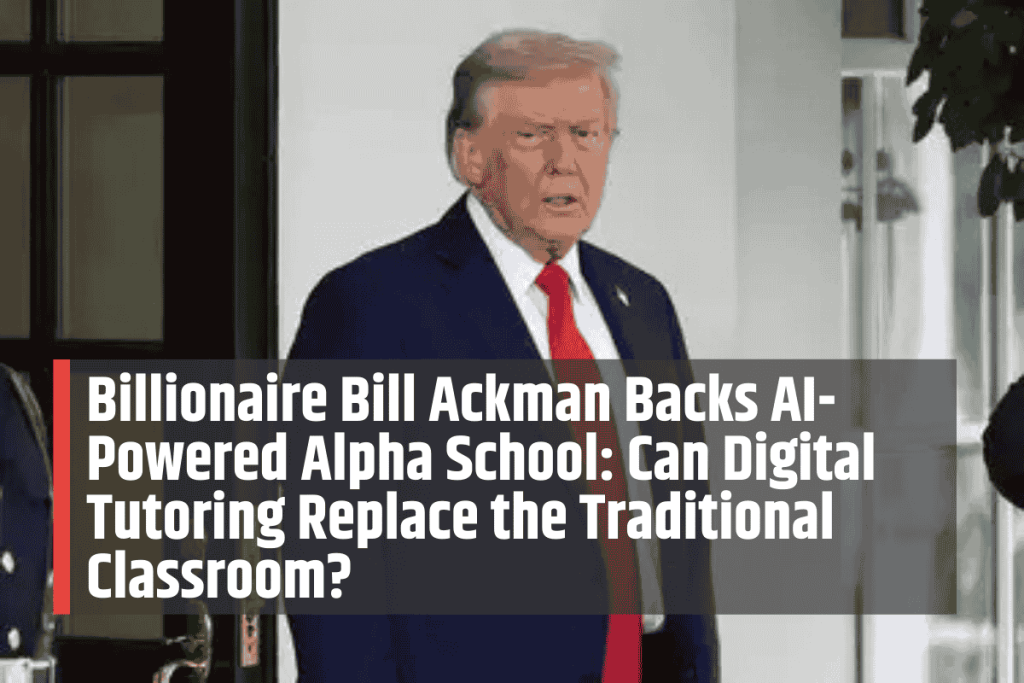
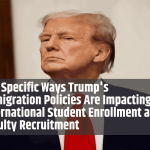

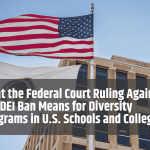
Leave a Comment